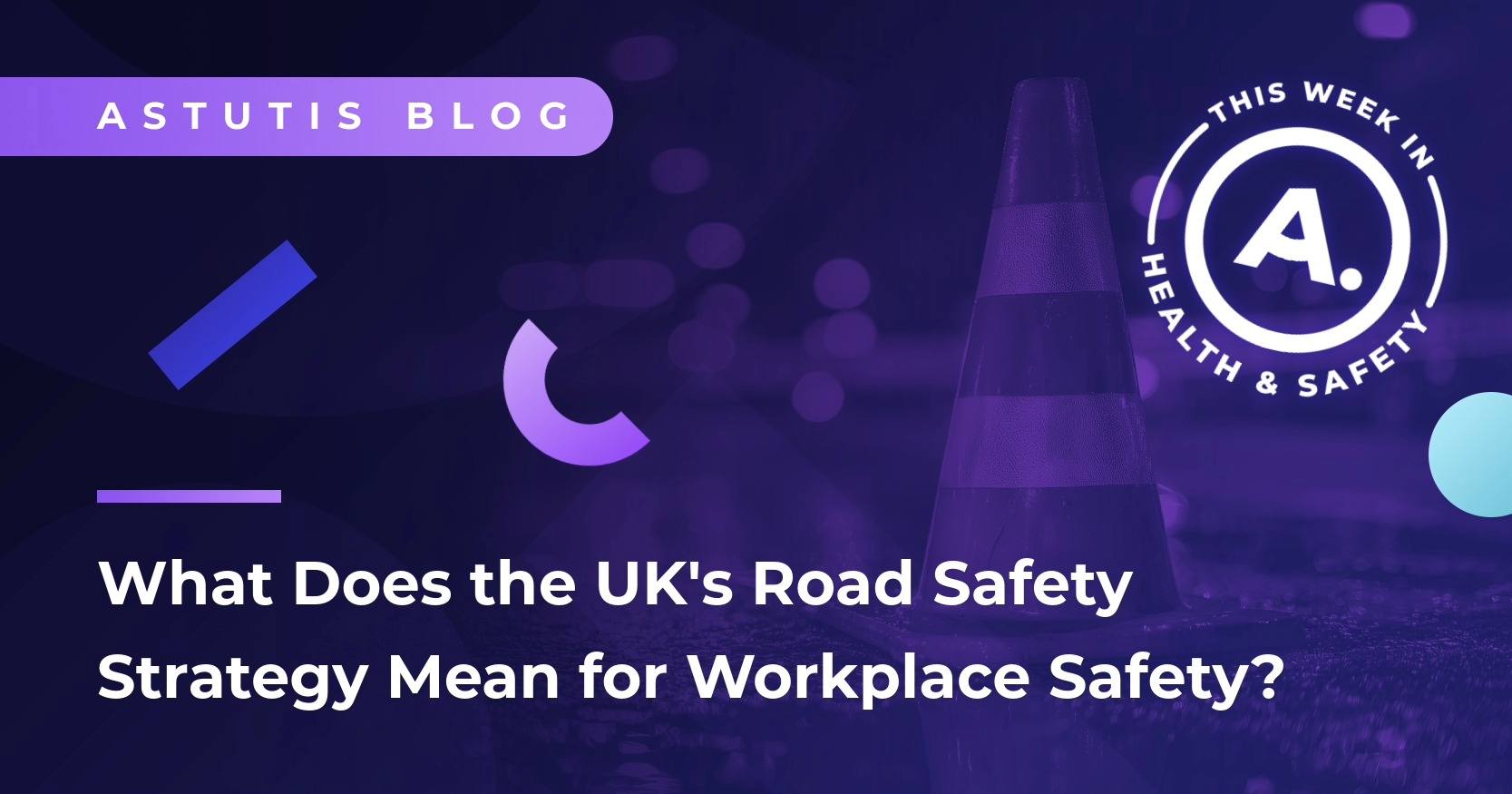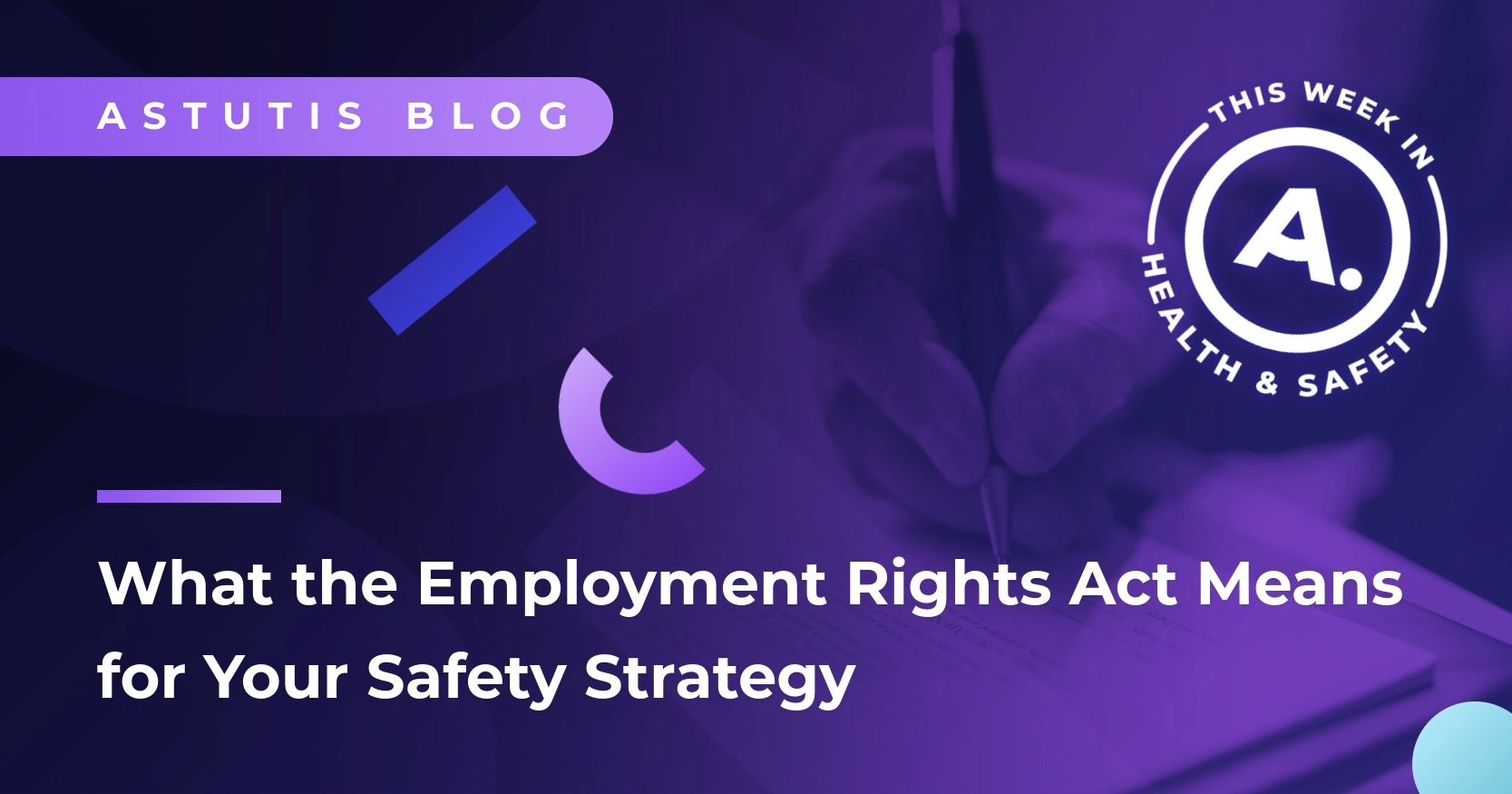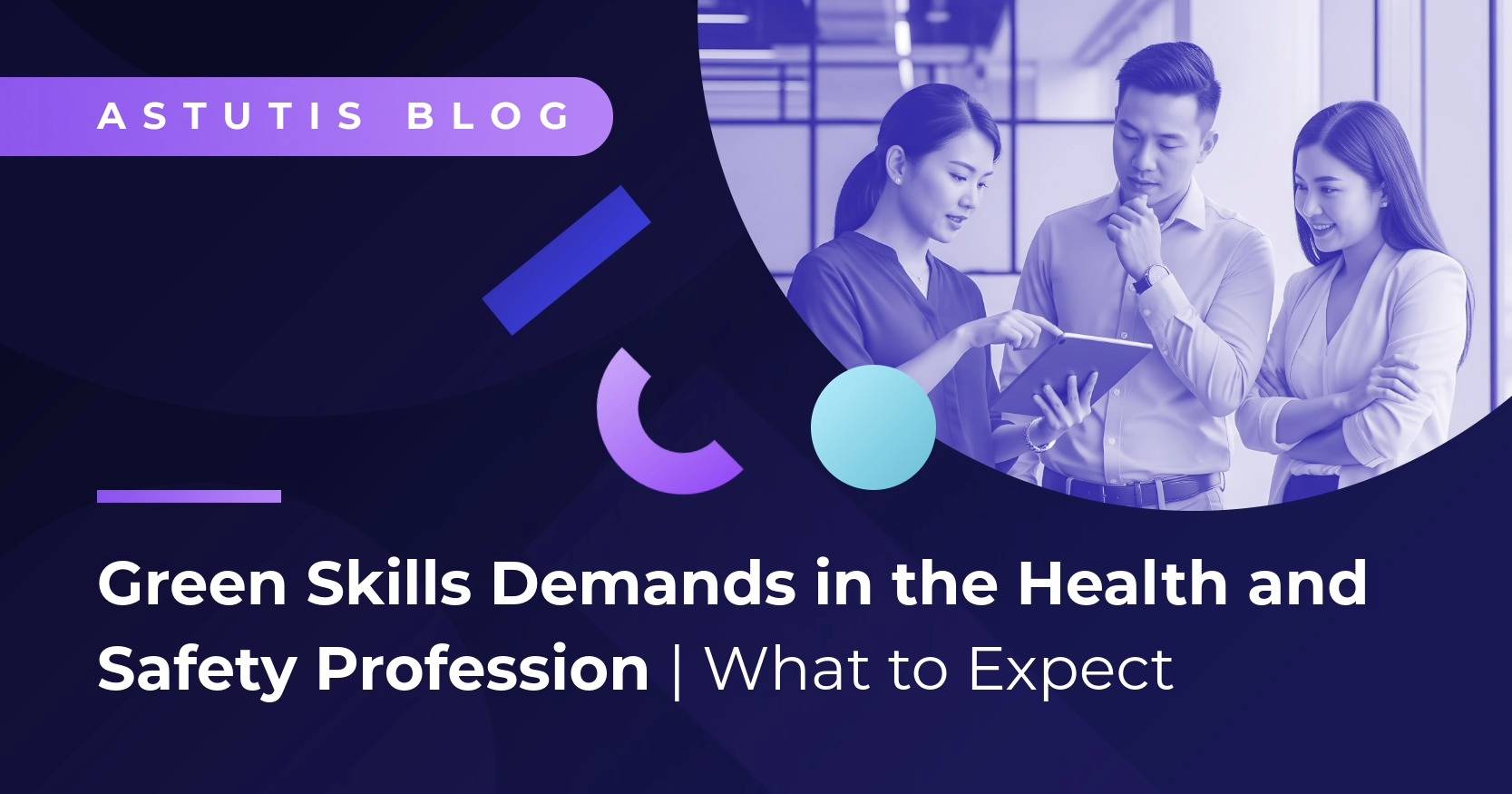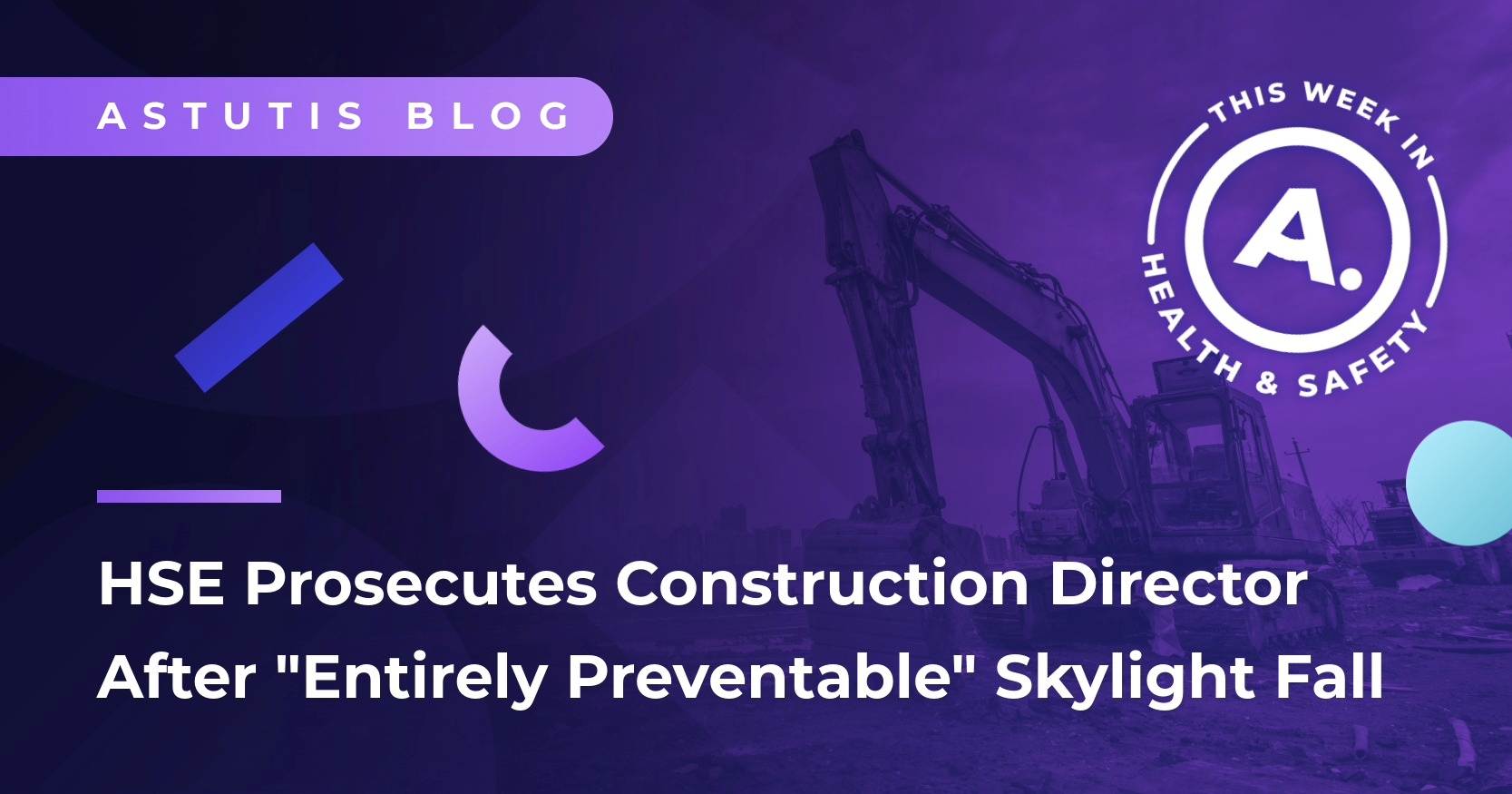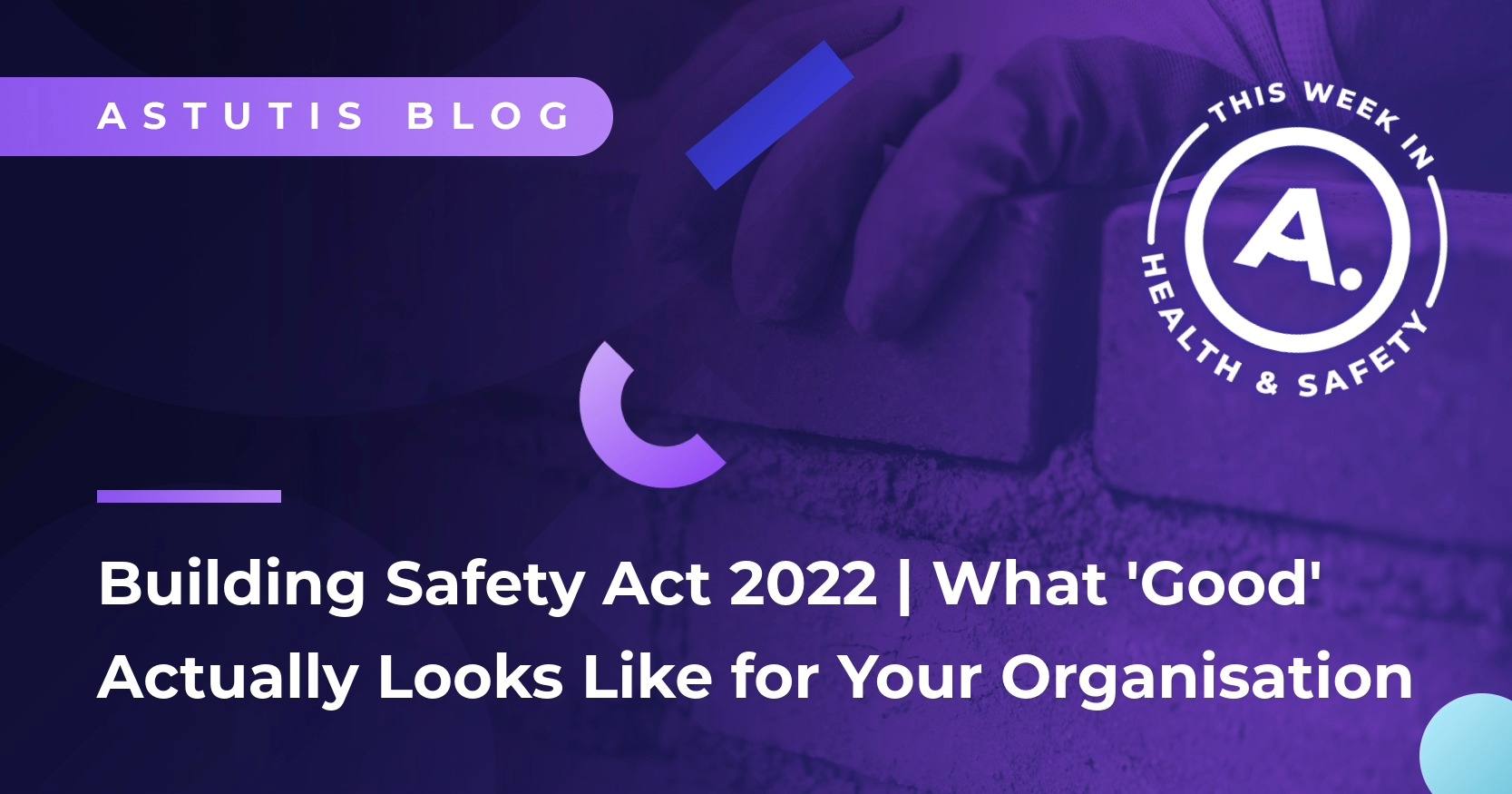Due Diligence Defence: 5 steps to ensuring your workplace has safety covered
This post looks at issues surrounding Due Diligence Defence and why managers and company directors should be concerned with their duty of care under health and safety in their workplace.
This post looks at issues surrounding Due Diligence Defence and why managers and company directors should be concerned with their duty of care under health and safety in their workplace.
An Obligation
Under Occupational Health and Safety Law, employers have a legal responsibility to protect their employees from a range of dangers. By association they have a further responsibility carrying out due diligence through conducting workplace hazard assessments and implementing effective control measures to remedy any hazards that might have been identified as part of this process.
The lack of prosecutions against company directors had been a long-standing concern. A clear demand for a change in the law (concerning directors' safety obligations) was in a speech in Parliament 20 years ago.
Michael Meacher MP and environmental spokesperson stated:
“I emphasise that responsibility for health and safety must be vested at the highest level of each organisation … companies should appoint an individual at board level with overall responsibility for health and safety.”
Times are Changing
Over the course of the last year, data released by the Health and Safety Executive (HSE) in the UK reveals that the number of company directors that have been prosecuted as a result of health and safety breaches has more than tripled.
These figures reveal that 46 company directors and senior managers were prosecuted in the 12 month period to March 31, 2016 - compared with just 15 in the previous 12 months. Contrasting figures regarding the number of employees prosecuted by the HSE show a fall from ten, last year, to one in 2015-16. Thirty-four of these directors were found guilty, resulting in 12 prison sentences of up to two years.
In these prosecutions, the HSE is revealing an increased commitment to sending a clear message that health and safety is a boardroom issue. The question of culpability may not sit well with some, however, companies and their directors can ill-afford to ignore health and safety as an issue – particularly as the gravity of the failures therein could land them in prison. More information on this topic is linked below.
Due Diligence Defence - Don’t Leave Health and Safety to Chance
To successfully rely on this defence, the burden of proof is on the employer to show that all reasonable precautions have been taken in the workplace (in the specific circumstances) to prevent injuries or accidents/incidents from occurring.
Due Diligence Defence Consists of the Following three Factors:
- Foreseeability– whether or not a reasonable person could have foreseen that something could happen.
- Preventability– was there an opportunity to prevent the injury or incident?
- Control– who was the responsible person present who could have prevented the incident?
It is the above three factors that will be looked at should an accident occur in your workplace and need further investigation, but the key to due diligence defence is an employer’s actions before – and not after – an accident or injury occurs in the workplace.
If foreseeability, preventability and control can be proved in such circumstances, the accused is entitled to be acquitted, although whether or not a defence will be successful depends largely on the individual circumstances surrounding each case.
5 Steps to Ensuring a Duty of Care
1. Monitor:
Monitor the workplace by putting in place a programme to ensure compliance by employees to acknowledged health and safety policies, practices and procedures.
2. Check and Report:
Require supervisors to perform random checks and complete compliance review reports on a regular basis.
3. Record:
Make a note of any breaches and keep records so that the employer can establish in court that it has made ongoing efforts to ensure compliance. Any records of violations and disciplinary actions should also be kept.
4. Establish Procedures:
Establish documented procedures for accident/incident reporting. Encourage employees to report any ‘near-miss’ situations and investigate their circumstances accordingly.
Put sanctions for whistle-blowers in place if need be, but actively encourage an open working environment where there is no fear of a two-way stream of communication.
5. Feedback:
Feedback is essential to revising and improving existing policies, practices and procedures.
Closing the Stable Door after the Horse has Bolted…
It only remains to reinforce that key to establishing a reliable due diligence defence is an employer's actions before a workplace incident or accident occurs, not after. Don’t leave it until it’s too late to put your systems and procedures in place!
Further Information:
For Directors and those in a senior role in an organisation, the 1 day IOSH Safety for Executives and Directors Course covers in more detail the legal and operational responsibilities within health and safety at a strategic level.
Our library workplace courses are designed to improve the skills and knowledge of your workforce, designed to suit your business needs.
Companies around the world are taking steps to ensure their workplace has health and safety covered. Have a read of how Amazon achieved this in collaboration with Astutis.
Related Blogs

Real Life Stories




